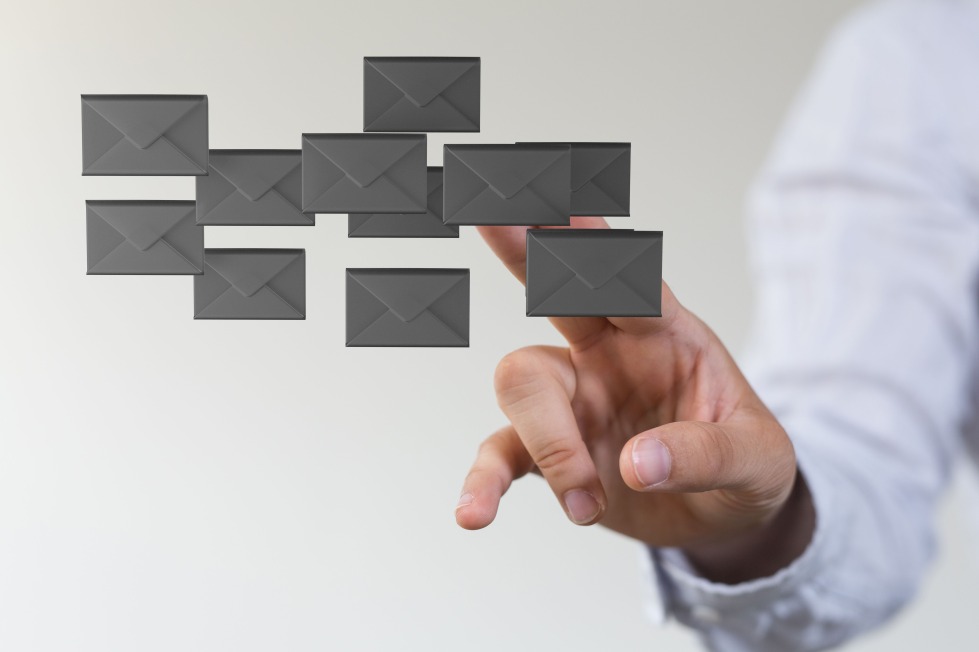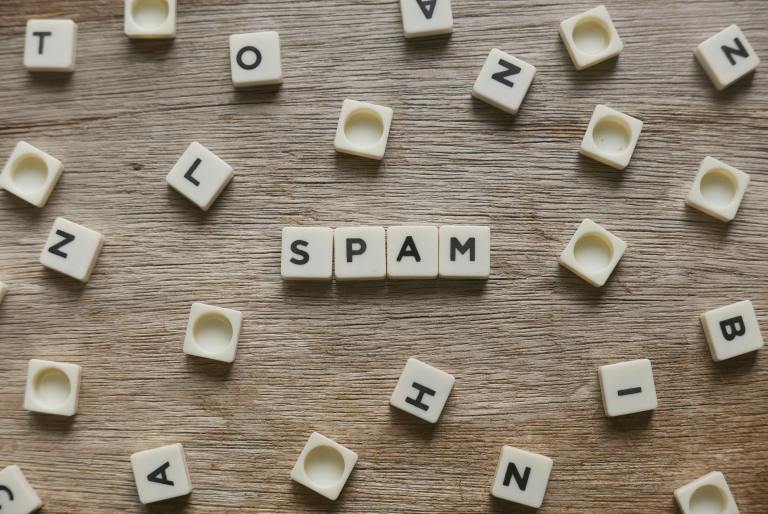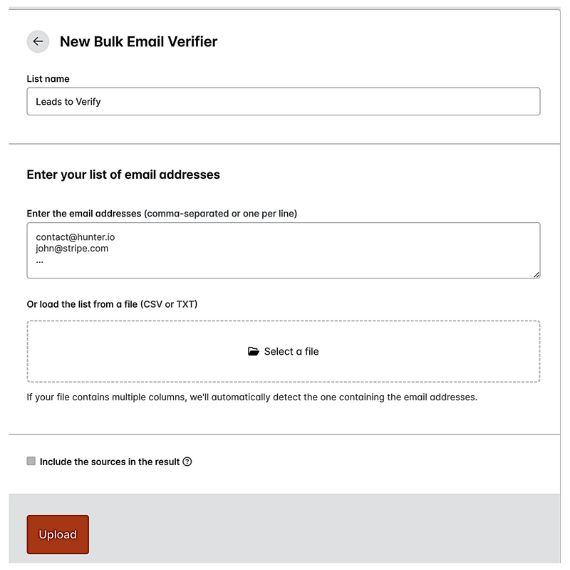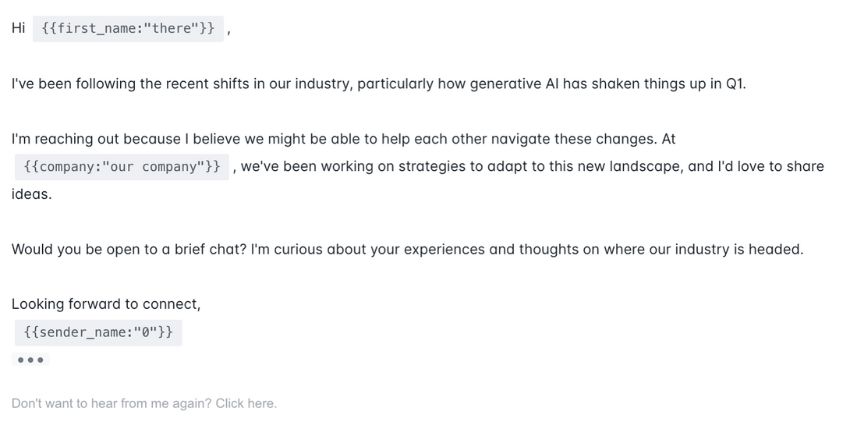Do you wonder why most of your emails end up in the spam folders? You are not alone, as nearly 49% of all emails never reach the primary inbox.
The thing is: every email that lands in a spam folder is a missed opportunity. It is potential revenue slipping through your fingers. If you are investing in digital marketing, that’s a setback that you cannot afford.
Luckily, there is a framework that ensures that your emails have a higher chance for landing in the primary inboxes. Let’s learn more about how spam gets detected, and what you should do to avoid landing in spam folders and improve your deliverability.
What are Spam Filters?
Ever get annoyed when you get a stack of emails that clearly want to go straight to the bin? We all do.
Without spam filters, your primary email inbox would be flooded with such unwanted or potentially harmful emails. These are automated systems that algorithmically analyze incoming emails, looking for signs of spam.
Their functionality has drastically evolved over the years, so they don’t just look for obvious red flags, like spam keywords. Modern spam filters use machine learning to adapt to new spam tactics and use evaluation factors such as:
- Sender reputation
- Email content and structure
- Sending patterns and volume
- Authentication protocols
What Causes Emails to Land in Spam?
Even well-intentioned and high-quality emails can trigger spam filters. As spam filters are more complex than ever, knowing about the common triggers can help avoid these pitfalls:
- Use of spam trigger words – This is the most old-school one. Certain phrases can trigger spam, such as “Limited time offer” or “Free”. These are just the classic examples, there are 100s of more spam words to know of.
- Poor sender reputation – ISPs keep track of sender behavior, and a history of spam complaints or low-quality emails can damage your reputation.
- Low engagement rates – If recipients constantly ignore your emails, filters might assume they are unwanted, hence, ending up in the spam folder.
- No authentication – Without SPF, DKIM, and DMARC records, your emails will look suspicious to spam filters.
Once you know what triggers the spam filters, it is much easier to craft a strategy with high email deliverability.
Want to ensure your emails land in primary inbox?
Contact Growth Hackers
Tips on How to Land Your Email in the Inbox
Let’s break down the step-by-step process of how to set up and optimize your cold email campaign to avoid the dreaded spam folders.
Choose a Reliable Email Provider
According to 65% of users, emails from a company address are more trustworthy than emails from a personal address. As such, you might consider switching to a reputable email service provider (ESP) to prevent triggering spam filters.
Here are a couple of reasons to make the switch:
- More trustworthy and professional look – With a switch to a reliable ESP, you indicate that you are invested in the credibility of your business. This can promote trust in your recipients and spam algorithms.
- Better infrastructure: A reliable ESP has a robust infrastructure designed to efficiently handle high email volumes. This means your emails are more likely to be delivered promptly and consistently.
- Secure communications – Professional ESPs usually offer improved security features, such as encryption and two-factor authentication. This protects sensitive information and makes your communications secure.
- More chances of landing in the primary inbox: Sending emails from your domain complies with the most recent bulk email rules. This can improve your deliverability and sender reputation.
While a good ESP can give you a proper foundation, it will not guarantee primary inbox placement. It is just the first step in avoiding the dreaded spam folder.
Keep Your Email List Updated
You want to keep your email list fresh with active email addresses. A clean list not only improves your deliverability but also ensures your emails are reaching the right people. This is crucial to land your emails in a primary inbox.
A regular and proper email list hygiene brings these benefits:
- Increase in engagement rates – A clean list means more active users, which can lead to higher open and click-through rates.
- Decrease in bounce rates – Less invalid email addresses reduce hard bounces, which can negatively impact your sender reputation.
- Improved sender reputation – Internet Service Providers (ISPs) favor senders with quality lists, as that can indicate that the recipients are open to receiving emails.
Once you have an extensive email list, manually cleaning it is very tedious. Using a proper verification tool that can verify emails in bulk is the way to go. With such a tool, you can easily add leads directly or from a file.
Once the tool is done with verification, you can identify and remove invalid email addresses from your list. Using such a tool is straightforward, and it can help reduce bounce rates and improve email deliverability.
Many email marketers ignore list hygiene, which ends with their emails in the last place they want them to be – the spam folder. Make sure not to overlook this step to land more of your emails in the primary inboxes.
Be Recognizable in the “From” Field
The “From” field is usually the first thing an email recipient sees when your email lands in the inbox. Almost 46% of all emails are opened because of their sender name, so being recognizable in this space is crucial.
Here are a couple of best practices for your “From” field to land more emails in the primary inbox:
- Be consistent – Always use the same sender name across your campaigns. You want to be seen as trustworthy, not sketchy.
- Avoid no-reply addresses – Using a no-reply address can decrease engagement and violate certain email regulations.
- Match your domain – Make sure your email address matches your website domain. This can add further credibility and help with email authentication.
- Include your brand name – Don’t forget to make your company or brand name visible. This helps recipients quickly identify your emails.
- Consider using your name – Users prefer to open emails sent by a person rather than a company. If you are sending a business email, you can combine a personal name with your brand for recognition.
Remember, your goal is to be instantly recognizable to your email prospects. When they see the “From” field in their inbox, they should know who you are and why they are receiving an email from you.
Write Your Subject Lines Carefully
If having a recognizable “From” field wasn’t enough, you should know that 33% of people open emails based on the subject line alone.
This just reinforces the idea that your subject line is your first (and sometimes only) chance to capture attention. It is the doorway to your email content, and carefully crafting it can drastically improve your open rates.
Here are some guidelines for creating engaging subject lines:

- Keep it concise and captivating – The goal of your subject line should be to grab attention and avoid sharing too much about your offer. You can do this inside a subject line that is between 50-75 characters.
- Avoid spam triggers – Don’t use words that trigger the spam filters, as your goal is to avoid landing in the spam folder, after all. Be careful how you use terms like “Free”, “Limited-Time Offer”, and similar.
Where do you source such rockstars?
- Ask questions – Asking a question in your subject line can pique interest and encourage a recipient to open your email. Ask people about their interest areas relevant to them.
{{competitor}} is using this
- Spark curiosity – Start with something that the recipient doesn’t know, but should know. Knowing your target audience will certainly help with this.
How did you build this {{firstname}}
- Personalize when possible – Personalized subject lines enjoy 50% higher open rates, so try to find some information specific to the recipient. Keep in mind that personalization is harder to scale.
If you are not satisfied with your subject line performance, return to the drawing board. Spending the time crafting an engaging subject line is always worth it. After all, 1/3 of recipients decide if an email is worth opening solely by the subject line.
Avoid the dreaded spam folder—master email deliverability today!
Balance Content with Simplicity
As roughly 60% of email reads are on mobile devices, simplicity and clarity in your email content and design are more important than ever.
That’s why your emails should be easily scannable and understandable. Your recipients should be able to grasp the point of your email at a glance.
Here are a couple of tips to create visually appealing emails that balance content with simplicity:
- Keep your message focused – Don’t juggle different topics in your email copy. Stick to one main message and be clear about what you want.
- Use short paragraphs – Break up your email copy into easily digestible chunks. This is especially important for mobile users.
- Utilize a single-column layout – This ensures easy scrolling and readability on mobile devices.
- Use white space effectively – Provide enough breathing room between email copy elements. White space improves readability and helps guide the reader to important elements.
With effective email copy, sometimes less is more. Just make sure that the recipient knows what is expected of them to do after reading the email.
Personalize Your Messages
Personalization is more than just plainly inserting a recipient’s first name in the email greeting and calling it a day. It is more about doing proper research and then delivering relevant and valuable content to each recipient in your campaign.
Here are some ways on how personalized emails can keep your emails away from spam folders:
- Improved user segmentation – As you collect more data through personalization, you can refine your user segmentation. This enables even more targeted emails, which can boost engagement and inbox placement.
- Increased engagement rates – Personalized emails typically enjoy higher open and click-through rates. This signals that your emails are perceived as valuable to recipients, which can improve the inbox placement of your emails.
- Lower spam complaints – When people get emails tailored to their interests and problems, you can be sure that they won’t mark your emails as spam.
- Improved sender reputation – As engagement increases and spam complaints decrease, your sender reputation improves. When you are viewed as a legitimate sender, this skyrockets the possibility of your emails reaching the primary inbox.
You should always personalize your emails to avoid the spam filters. Remember to stay relevant to each prospect and don’t be too intrusive with your messaging.
Test Before You Send
Testing your email deliverability is a critical step for your email campaigns. This allows you to avoid spam filters and improve your inbox landing rate.
When testing your emails for deliverability, here are a couple of things to set up:
- Use your ESP to send your test emails.
- Send the same content you plan to send to your prospects.
- Replace personalization values with real values.
Pay attention to the formatting of your email as well:
- Avoid huge walls of text – properly space your copy with paragraphs.
- Don’t use potential spam words as that will demolish your chances of ending up in the primary inbox.
- Don’t use too many links or images, as that can trigger spam filters.
You can use a service like Mail Tester to check the spamminess of your emails. That being said, the most accurate way to know your real deliverability is by sending your email to real inboxes and checking where it lands.
Monitor and Adjust Based on Performance
Email campaigns are always a work in progress. Sometimes, a certain email blast doesn’t satisfy your expectations, and ends up in more spam folders than you expected.
If you don’t monitor your email performance continuously, you miss out on actionable data that is key to improving your email campaigns.
Here are the most important metrics to monitor:
- Open rates – If your open rates are alarmingly low, this might indicate that your subject line isn’t engaging the recipients to open your email.
- CTR – Low CTR can indicate that your content is not resonating with your audience or that your CTA is not clear enough.
- Bounce rates – Keep this under 2% for optimal deliverability. High bounce rates can damage your sender reputation, which will land most of your emails in the spam folder.
- Spam complaint rates – Aim for less than 0.1%, as high spam complaint rates can severely damage your sender reputation.
Every email campaign is an opportunity to learn and improve, as no strategy is perfect. Use that to your advantage.
Closing Thoughts on Getting your Emails to Land in Recipients’ Primary Inboxes
Evading spam filters is both an art and a science. As you fine-tune your strategy – from list hygiene to engaging copy; you avoid the spam folders and land more emails in primary inboxes.
Remember, this is a constant game of adaptation. By treating each campaign as an opportunity to improve, you are building an email strategy that drives consistent results.
Growth Hackers brings email marketing services to businesses from all over the world to help them grow. There is no fluff with Growth Hackers. We help entrepreneurs and business owners master email deliverability, increase their productivity, generate qualified leads, optimize their conversion rate, gather and analyze data analytics, acquire and retain users and increase sales. We go further than brand awareness and exposure. We make sure that the strategies we implement move the needle so your business grow, strive and succeed. If you too want your business to reach new heights, contact Growth Hackers today so we can discuss about your brand and create a custom growth plan for you. You’re just one click away to skyrocket your business.










